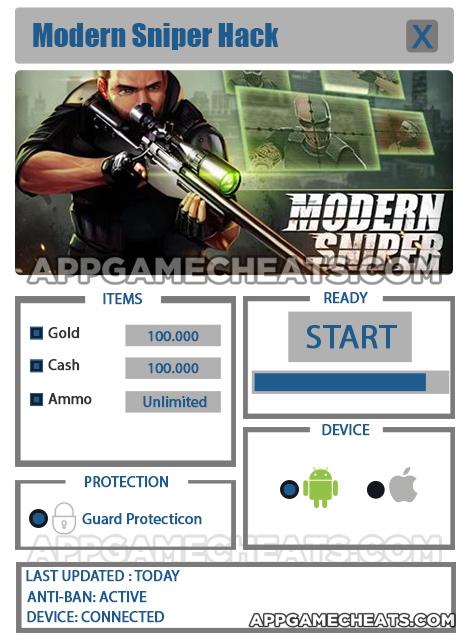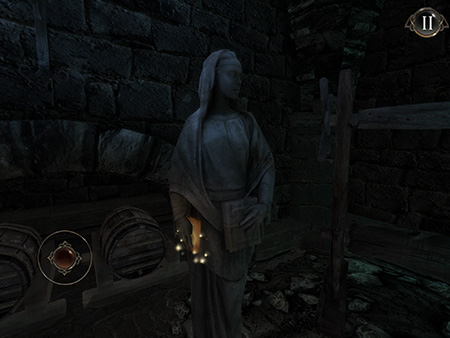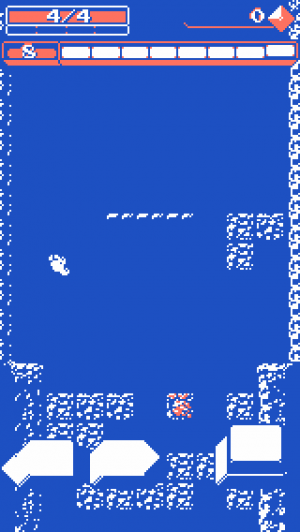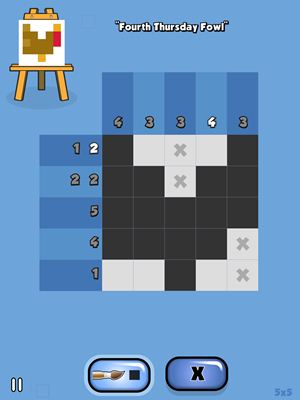

The Challenge: At its base, a role playing game is an interactive story. A group of people get together to collectively create an entertaining tale. There are rules, of course, and it is a game, which means there has to be some element of challenge. However, the intrinsic definition remains the same.
That said, if the players simply wanted to watch a story unfold before them, they would read a book or watch a movie. Role playing games are fun because the players have a degree of control over how the story flows and what it entails. The players control the protagonists, in many ways the most important elements of a good story. Their actions will shape the way the story develops, even though the majority of the story lies in the referee's hands.
Ergo, all players should have a chance to impact the story. This ability is lost if the game designer has failed to overcome the third challenge of RPG design: the challenge of character value.
Even if it plays a rogue in a combat oriented game or a warrior in a politically oriented game, a player should be able the affect the story. The challenge that comes to game designers, then, is that the game must make sure that whatever sort of character a player chooses, that player will be able to use its character and have fun. However, the designer has to do so without faltering in the first challenge, making sure different types of characters are, in fact, different.
Character value is based on the character being unique, and having powers that are useful, but don't overshadow other characters. The most common way of doing this is using a benefit-restriction style of design. For each benefit a character has, it suffers a corresponding restriction (even if that restriction is ?you don't have other benefits.?)
Creating a role playing game following a benefit-restriction style is practically a requirement, depending on how much you distill the concept. The point of having different types of characters and abilities is that certain characters are best in certain situations. They are strong in one area only at the expense of being weak in another. However, the designer still has to decide how strong the character can be in its given field, and how much it must give up to obtain that level of power.
The Risk: Carelessness here can potentially do more to harm a role playing game than in any other challenge. A designer must examine the powers it awards, the restrictions therein, and the abilities a player must give up as a result, to determine balance. There are no equations for this process, and sometimes playtesting is the only way to truly decide if a certain power is balanced.
But balanced the characters must be. If one type of character is much stronger than any other type in a majority of situations, there is no real point in playing other types. Players who do so will feel almost punished for wanting to use the less-optimal characters. This flaw is most common in combat-oriented characters, who gain their superior combat stats at the expense of utility powers. These characters need backup?healers, troubleshooters, diplomats, and so on?but these other character types suffer a severe limitation in battle.
And combat, as a rule of thumb, is the most common sort of challenge in role playing games. Simulated battles are exciting, straightforward ways to use the game rules, and promote keen thinking and logic. However, if only certain types of characters excel in combat, but other characters are necessary to succeeding in other areas, players of the less combatively powerful characters find themselves suffering in most encounters. Meanwhile, on those occasions where they do have the chance to shine, it is generally only one character in his or her best area. Other players?combat and non-combat alike?have to sit on the sidelines while one character handles the entire encounter.
Beyond the combat/non-combat gap, there is also the risk of combat characters whose abilities come at a cost. Most role playing games have some pretty common templates of characters, the most traditional archetypes being the tank, the blaster, the healer, and the sneak. The tank is the best fighter, able to deal respectable damage time after time and take the hits. The blaster can deal greater damage than the tank and attack multiple foes easily, but has limits to how often it can use its powers, and also has low survivability, poor defenses, and pathetic basic skills. The healer's power is all-important in a combat-heavy game, but comes at the expense of real fighting talent. The sneak can usually surprise foes and even deal heavy damage (often more than a blaster, but to single opponents) when fighting on its terms, but loses out big time in a stand up fight.
These archetypes seem balanced enough, but really create a powerful divide between character types. The tank feels overshadowed by the blaster's ability to devastate entire enemy groups and the sneak's power to deal tremendous harm in the right conditions. The blaster envies the tank's ability to keep fighting at full strength battle after battle and the healer's survivability. The healer yearns for the power to actually have effect in battle when its allies are not injured. The sneak would give much to be able to have something to fall back on if it can't surprise its foes.
The balance is there, and each player is more than happy for its choice when fighting in the right circumstance, but when the fight is not on their terms, they lose interest. This also pits the referee in the position where the best (or even only) way to make a battle difficult is to specifically prey on each character's weak points, which can lead to a string of clich? fights. This is especially common at higher levels of play, where characters are otherwise so powerful that trying to take them on at full strength is an example of futility.
The Solution: In QoTR, the first thing I did was made sure that each character choice has value in combat. Sure, attackers deal the most damage and defenders are the best at avoiding attacks, but everyone has some offensive and defensive capability (although the latter is sometimes 'the ability to take them down before they get a chance to attack you.?)
I do limit abilities, but these are practical limits and costs that allow them to be used regularly, just not overused. A blaster in QoTR can hurl its high-damage, large-area attacks battle after battle, but has to charge up to get the really big ones, taking valuable time or effort. A healer can also enhance its (or its allies?) fighting powers, even doing so in the same move as it heals with a certain ability, but this also takes time and energy. Sneaks can use their skills in the midst of combat and for both offense and defense, and although if they don't bother to do so, their basic skills might not be as good, they are rarely actually prevented from doing so. Tanks can play with their damage, stamina, and chance to hit, developing a number of tactics. And so on.
Also, since the opponents have the same options as the players, there is no need to seek out weak points in character abilities. Foes can use all the same tricks, allowing challenging battles without the clich? of the high-level wizard's foes all strangely being immune to magic (tip for inexperienced game masters: this isn't an intriguing mystery, it is an annoying clich?).
All abilities are useful, and the upper-level ones are quite powerful. I see the best way to balance a game to be that every character can handle various situations in its own way?and with style. A purely defensive character might not win a fight as quickly as an offensive character, but it can win the fight, and has a better chance of surviving for long enough to do so to boot.
Character value is among the most important factors in designing and balancing a role playing game. By allowing every player the chance to hold its own?especially in the important field of combat?your game will remain fun and interesting to more players in more situations. Limitations may look balanced on paper, but the hindrances outweigh the benefits when put into practice.




 How to break out - Hellraid: The Escape chamber 6 walkthrough
How to break out - Hellraid: The Escape chamber 6 walkthrough Sid Meiers Starships - Tips, Tricks, and Strategies to Get Your Empire Off Terra Firma
Sid Meiers Starships - Tips, Tricks, and Strategies to Get Your Empire Off Terra Firma Downwell Guide - Tips and tricks for GunBoot initiates
Downwell Guide - Tips and tricks for GunBoot initiates Guess The Brand! Answers Level Pack 6 Logo Quiz
Guess The Brand! Answers Level Pack 6 Logo Quiz Paint It Back Cheats: The Nature of Things Solutions
Paint It Back Cheats: The Nature of Things Solutions